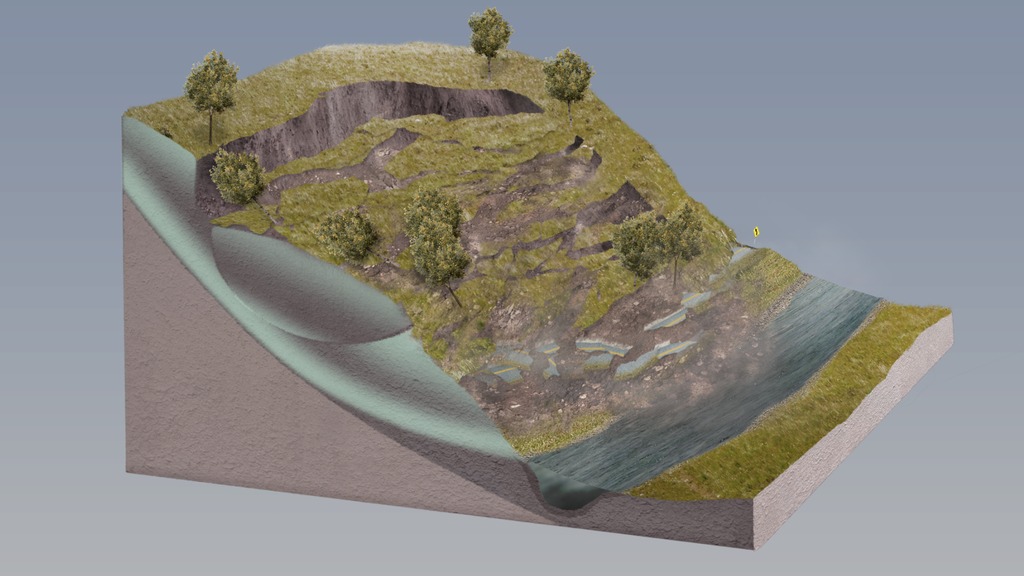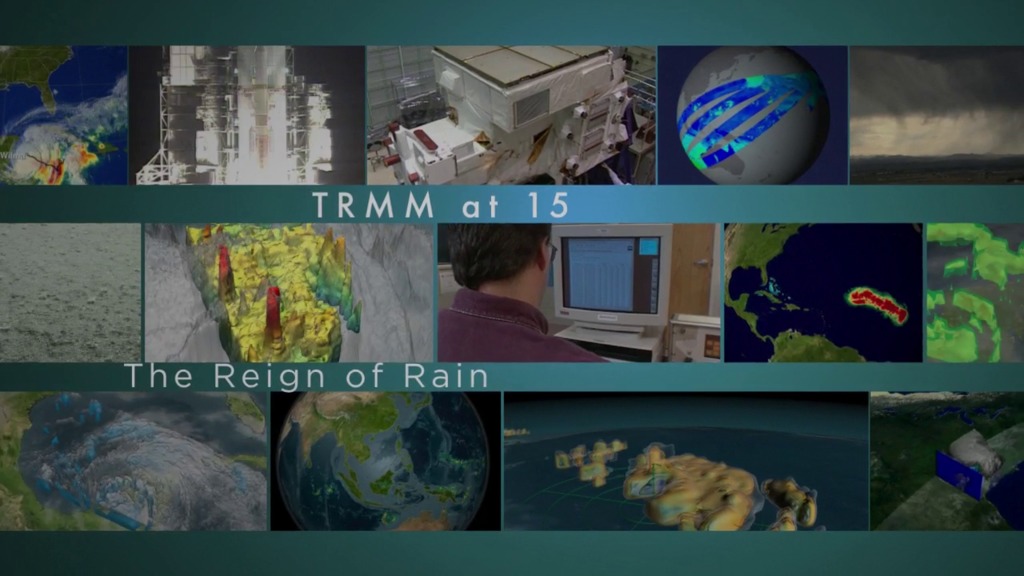GPM Applications
Water is fundamental to life on Earth. Knowing where and how much rain and snow falls globally is vital to understanding how weather and climate impact both our environment and Earth's water and energy cycles, including effects on agriculture, fresh water availability, and responses to natural disasters. Since rainfall and snowfall vary greatly from place to place and over time, satellites can provide more uniform observations of rain and snow around the globe than ground instruments, especially in areas where surface measurements are difficult. GPM's next-generation global precipitation data will lead to scientific advances and societal benefits in the following areas:
Improved knowledge of the Earth's water cycle and its link to climate change
New insights into precipitation microphysics, storm structures and large-scale atmospheric processes
Better understanding of climate sensitivity and feedback processes
Extended capabilities in monitoring and predicting hurricanes and other extreme weather events
Improved forecasting capabilities for natural hazards, including floods, droughts and landslides.
Enhanced numerical prediction skills for weather and climate
Better agricultural crop forecasting and monitoring of freshwater resources.
For more information and resources please visit the Precipitation Measurement Missions web site.
Too Much, Too Little
Researchers need accurate and timely rainfall information to better understand and model where and when severe floods, frequent landslides and devastating droughts may occur. GPM's global rainfall data will help to better prepare and respond to a wide range of natural disasters.
For complete transcript, click here.
Tropical Cyclones
On August 28, 2011, Tropical Storm Irene hit Vermont, causing widespread damage and the worst flooding in 75 years. Irene's impact in New England shows that tropical cyclones can greatly affect regions outside the view of TRMM. The Global Precipitation Measurement (GPM) mission will build upon TRMM's legacy by examining a larger swath of Earth with more sensitive instruments.
For complete transcript, click here.
- Atmosphere
- Atmospheric Phenomena
- Drought
- Earth Science
- Erosion/Sedimentation
- floods
- Geology
- GPM
- HDTV
- Human Dimensions
- Hurricanes
- Hydrosphere
- Land Surface
- Landslides
- Location
- Narrated
- Natural hazards
- New England
- Physical geography
- precipitation
- radar
- Spectral/Engineering
- surface water
- Tropical Storm
- Vermont
Credits
Please give credit for this item to:
NASA/Goddard Space Flight Center
-
Animators
- Trent L. Schindler (USRA)
- Walt Feimer (HTSI)
- Chris Meaney (HTSI)
- Ryan Fitzgibbons (USRA)
-
Video editor
- Ryan Fitzgibbons (USRA)
-
Interviewees
- Scott Braun (NASA/GSFC)
- Candace C Carlisle (NASA/GSFC)
- Dalia B Kirschbaum (NASA/GSFC)
- Eric F. Wood (Princeton University)
- Wade Crow (USDA)
- Tom Trout (USDA)
-
Narrator
- Rob Gutro (NASA/GSFC)
-
Producer
- Ryan Fitzgibbons (USRA)
-
Scientists
- Dalia B Kirschbaum (NASA/GSFC)
- Gail Skofronick Jackson (NASA/GSFC)
- Arthur Hou (NASA/GSFC)
-
Videographer
- Rob Andreoli (Advocates in Manpower Management, Inc.)
-
Writer
- Ryan Fitzgibbons (USRA)
Release date
This page was originally published on Monday, August 27, 2012.
This page was last updated on Wednesday, May 3, 2023 at 1:52 PM EDT.
Missions
This visualization is related to the following missions:Series
This visualization can be found in the following series:Tapes
This visualization originally appeared on the following tapes:-
GPM Applications: Cyclone Tracking
(ID: 2012087)
Tuesday, August 28, 2012 at 4:00AM -
GPM Applications: Too Much, Too Little
(ID: 2012096)
Monday, June 10, 2013 at 4:00AM

